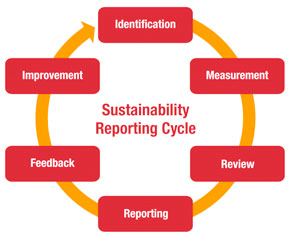You are here
Wed, 2012-05-30 17:58 — mdmcdonald
This working group is focused on discussions about sustainability.
The mission of this working group is to focus on discussions about sustainability.
Add Content to this group
Members
| Kathy Gilbeaux | Maeryn Obley | mdmcdonald |
Email address for group
sustainability-global@m.resiliencesystem.org

 Sites like Pueblo Bonito in northern New Mexico reached their maximum size in the early A.D. 1100s, just before a major drought began to decrease birth rates throughout the Southwest. Credit: Nate Crabtree
Sites like Pueblo Bonito in northern New Mexico reached their maximum size in the early A.D. 1100s, just before a major drought began to decrease birth rates throughout the Southwest. Credit: Nate Crabtree


 greenbiz.com - April 17, 2014
greenbiz.com - April 17, 2014




Recent Comments